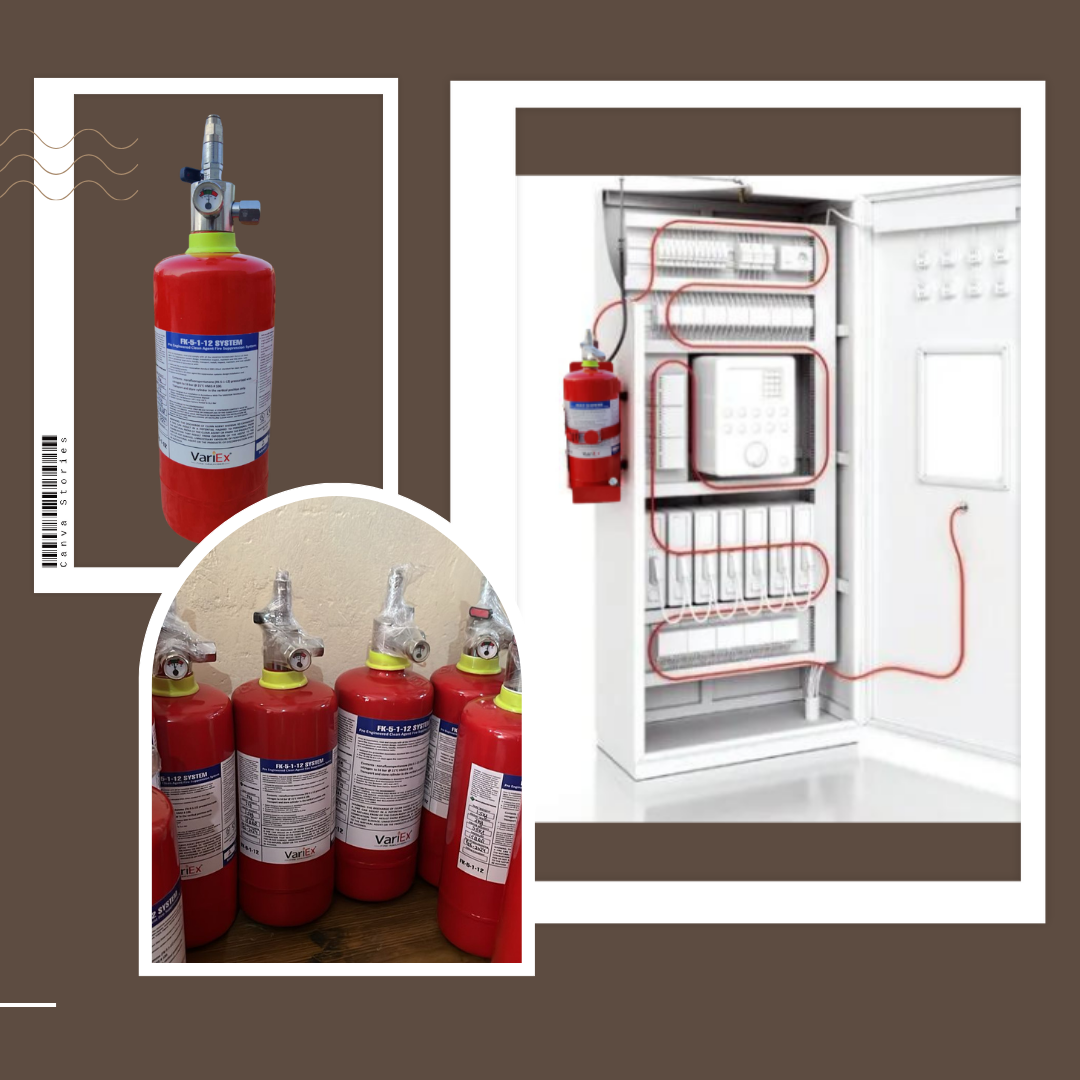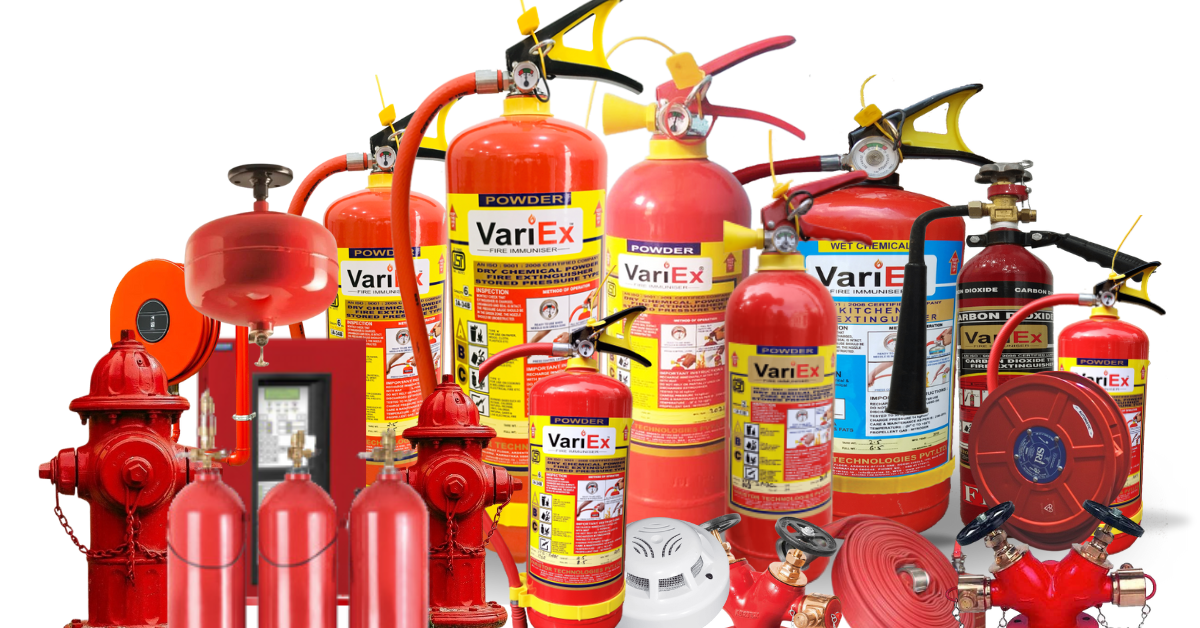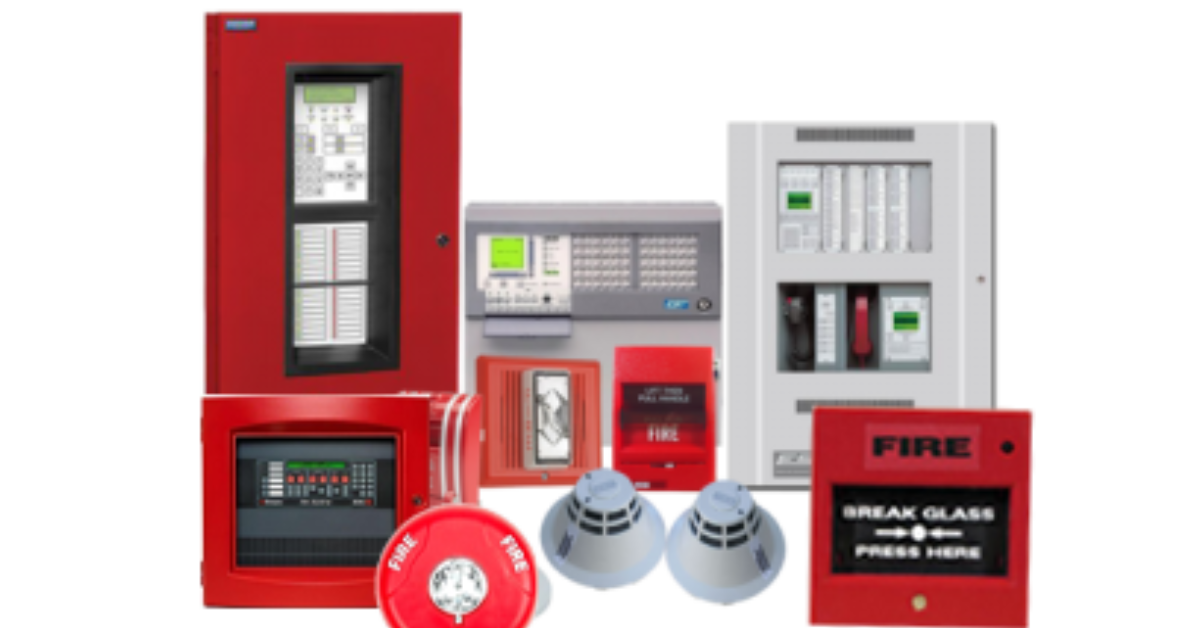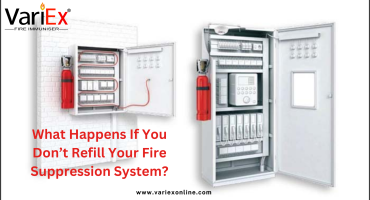![]()
Fire Immuniser
+91-7829629111
Email: info@variex.in
Varistor Technologies Pvt. Ltd.
Block-1, First Floor, Ardente Office One, Hoodi Circle, ITPL Main Road, Bengaluru, Karnataka 560048, IN
What Is The Difference Between Conventional And Addressable Fire Alarm
What Is The Difference Between Conventional And Addressable Fire Alarm
In the evolving landscape of fire safety technology, two central systems are often compared against each other — conventional and addressable fire alarm systems. While both function essentially to alert occupants in the event of a fire, their method of orchestration, features, cost and application greatly differ. This article delineates their roles, explains their differences and provides insight into how each brings about efficacy in fire safety management.
Understanding Fire Alarm Systems
Fire alarm systems serve the crucial role of safeguarding lives, property and business operations from the devastating effects of fire. While the primary goal is to alert occupants in case of a fire, modern systems also communicate with local fire departments, control the spread of fire and smoke through ventilation systems, and activate fire suppression systems. These systems rely on initiating devices like detectors and manual pull stations that trigger the alarm. A panel receives these signals and activates the alarm, along with communication devices, strobe lights, and other warning systems.
An Overview of Conventional Fire Alarm Systems
A conventional fire alarm system, also referred to as a traditional or non-addressable system, operates with zones for identification of alarm locations. Essentially, the system is sectioned into different zones, and each zone contains a number of initiating devices connected in a single circuit. When a device in a zone triggers an alarm, the control panel identifies the zone but not the exact location of the device.
This trait often leads to an increased response time, as responders need to manually inspect the entire zone to locate the triggered device. However, the conventional system’s simple design and straightforward functionality make it a cost-effective solution for small-scale applications with lower complexity requirements, like schools, small businesses or standalone retail outlets.
Understanding Addressable Fire Alarm Systems
The addressable fire alarm system, conversely, operates with higher technical advancement, offering pinpoint accuracy in the location of the triggered device. These systems assign each connected device a unique address within the system, which enables the panel to pinpoint the exact location of the alarm’s source, providing detailed and accurate information. The system's complex design supports a higher number of devices compared to a conventional system.
This enhanced precision is advantageous in large-scale structures, such as hospitals, universities, or large corporate buildings where identifying the source of the alarm swiftly is paramount. Additionally, addressable systems typically feature additional functions like “drift compensation” which adjusts the sensor sensitivity to maintain optimal performance over time.
Conventional vs. Addressable Fire Alarm Systems
When deliberating between these two fire alarm systems, the key deciding factors will include your budget, the complexity of the building, and your specific fire safety requirements.
The first notable difference lies in the location identification. In a conventional system, only the zone of the alarm can be determined, not the exact location, which could potentially lead to slower response times in larger facilities. Whereas, addressable systems, due to their unique addressing, can pinpoint the exact location, facilitating a swift response.
Secondly, the capacity and complexity of an addressable system are much higher. An addressable fire alarm system supports a larger number of devices and offers advanced features and capabilities, such as monitoring the sensitivity of the sensors, alerting maintenance requirements, managing automatic door closures, and controlling smoke containment systems.
Lastly, the cost comparison also plays a pivotal part. Conventional fire alarm systems are generally less expensive than their addressable counterparts both in terms of the initial purchase and installation. Therefore, for smaller buildings with lower complexity, conventional systems emerge as the preferred choice due to their cost-effectiveness and simpler maintenance.
Final Thoughts
In conclusion, both conventional and addressable fire alarm systems serve vital roles in their respective realms of fire safety management. Each system offers its unique capabilities, benefits, and set of challenges. As such, the best firefighter is not inherently better than the other, rather it ultimately depends on the specific requirements of the facility. The task at hand is to understand your needs, the size and complexity of the building, and the budget constraints to identify which system provides the most value given your circumstances. Remember, ensuring effective fire protection is not solely about technology, but also being knowledgeable about the tools at your disposal and making informed decisions based on the specific needs of your premise.
Explore our products Range
Final Say
At VariEx.in and VariexOnline.com, we specialize in supplying and installing top-quality fire fighting systems and equipment. From fire extinguishers to advanced suppression systems, we offer comprehensive solutions tailored to your needs. Our experienced team ensures precise installation and maintenance for optimal safety.
Trust VariEx for reliable fire protection. Contact us online or call 7829629111 to learn more.
"WHAT YOU CAN READ NEXT"
 Read more +24 November 2023 in Fire Extinguisher
Read more +24 November 2023 in Fire ExtinguisherWhat types of fire extinguishers are available for different fire classes?
 Read more +11 April 2025 in Fire Suppression
Read more +11 April 2025 in Fire Suppression













